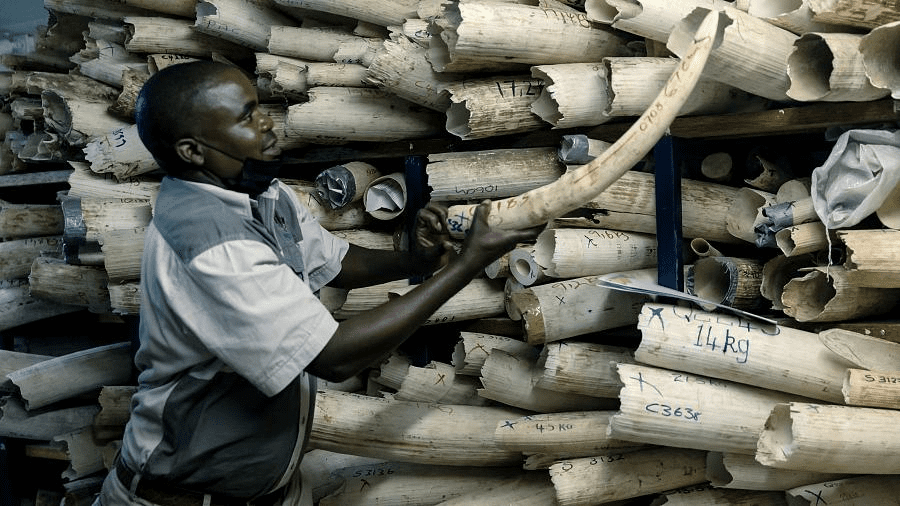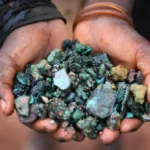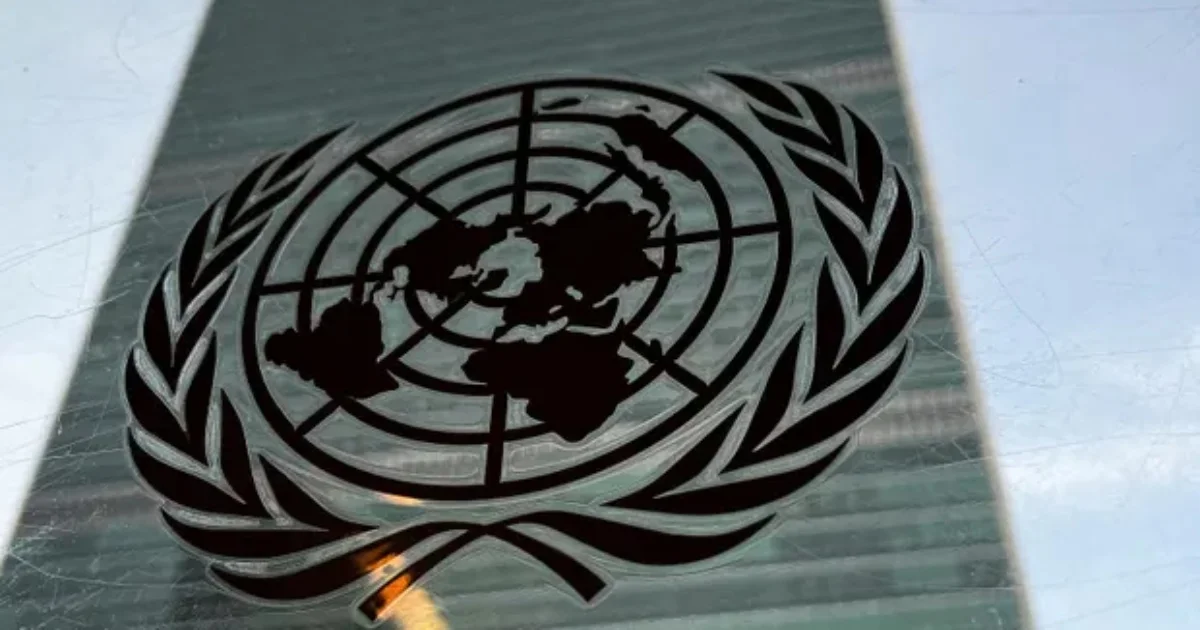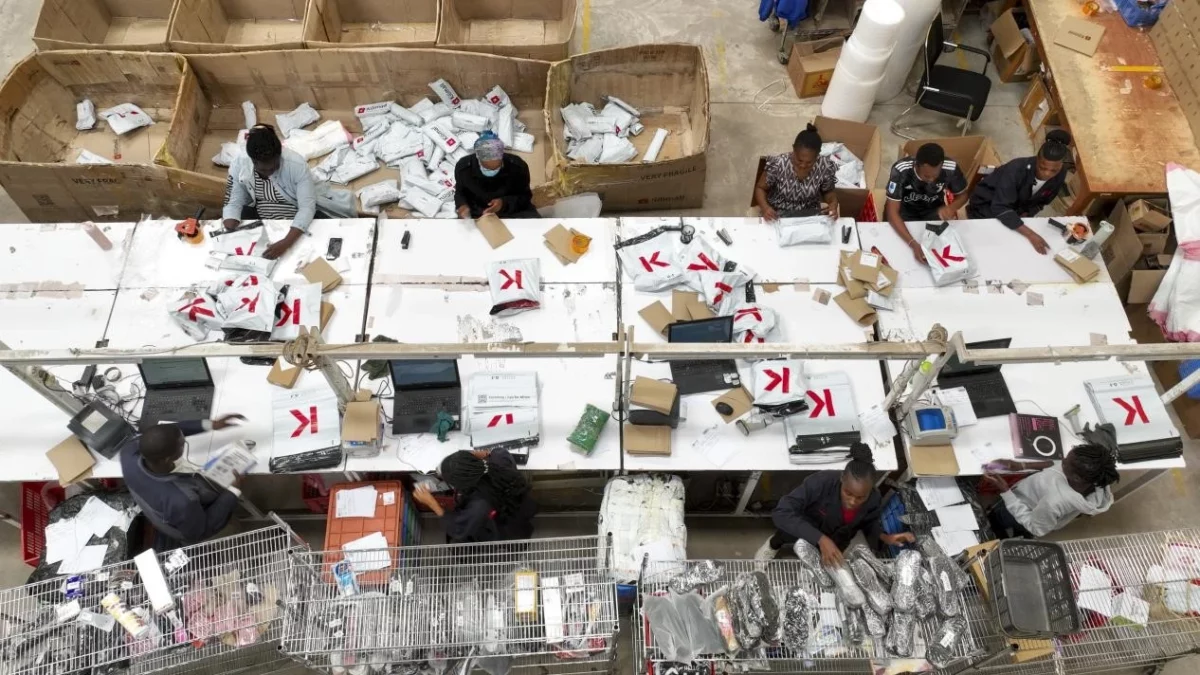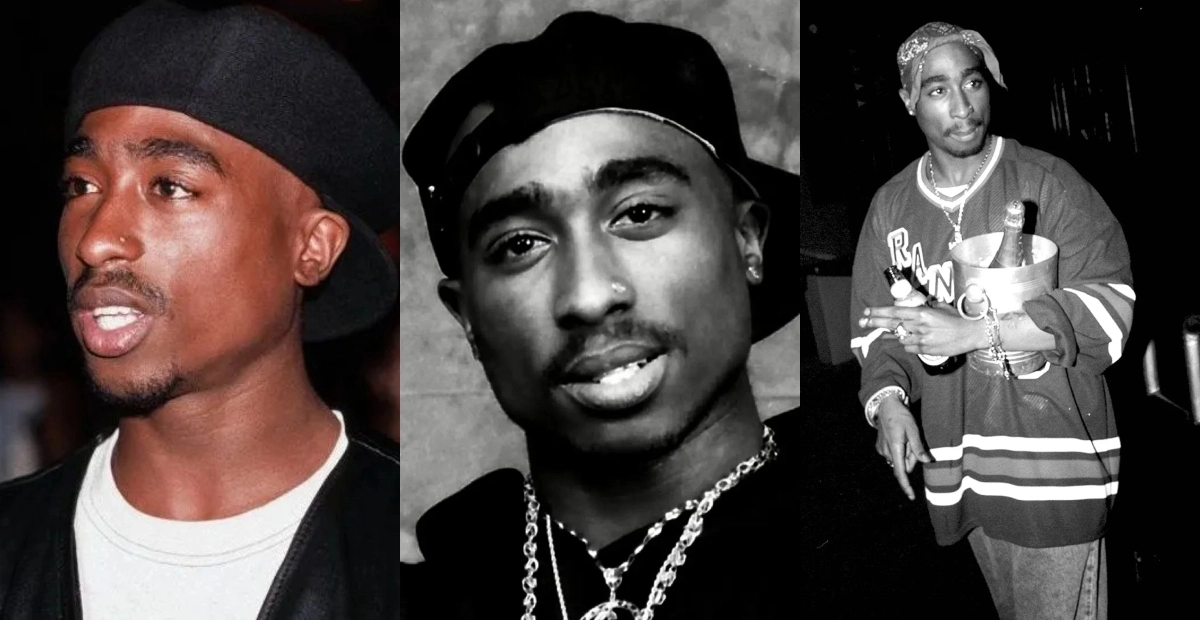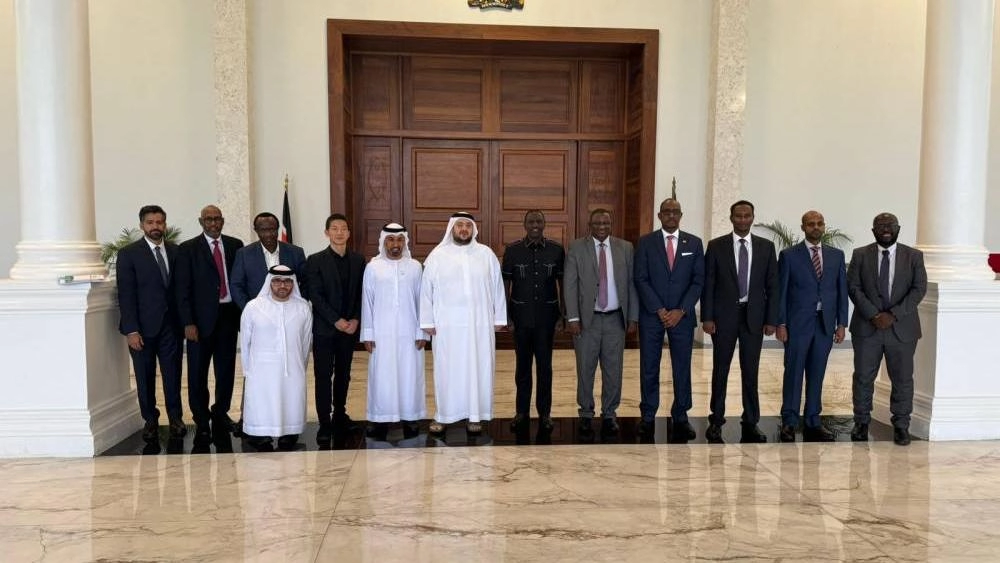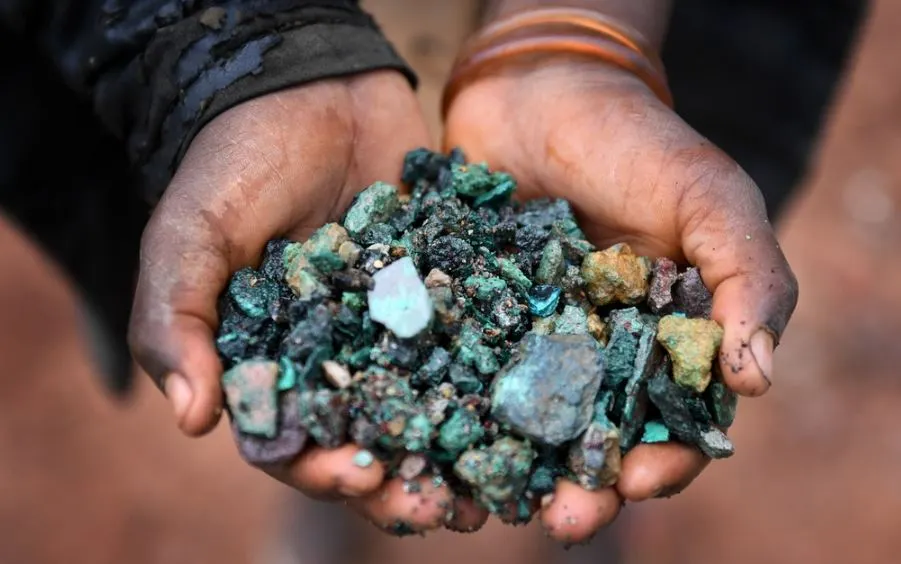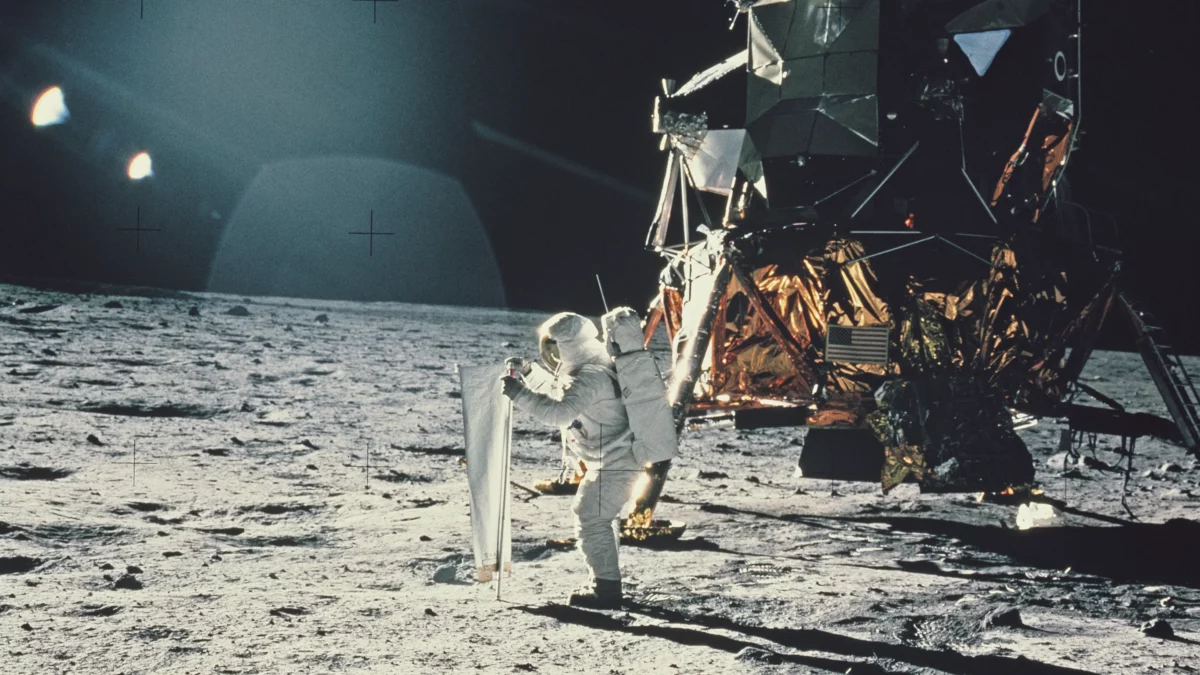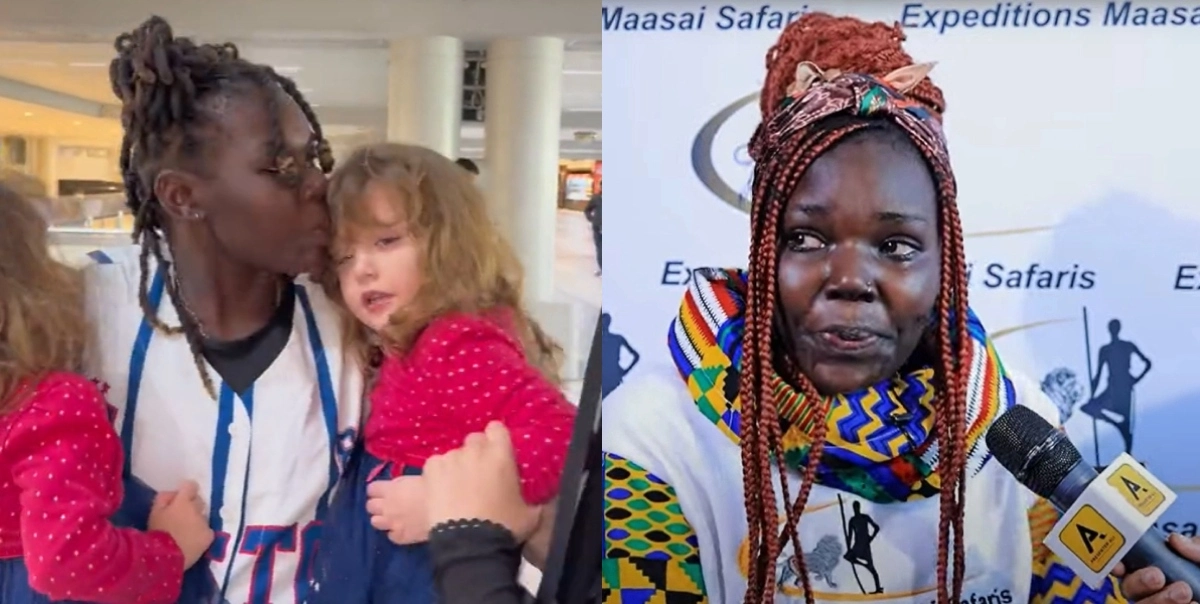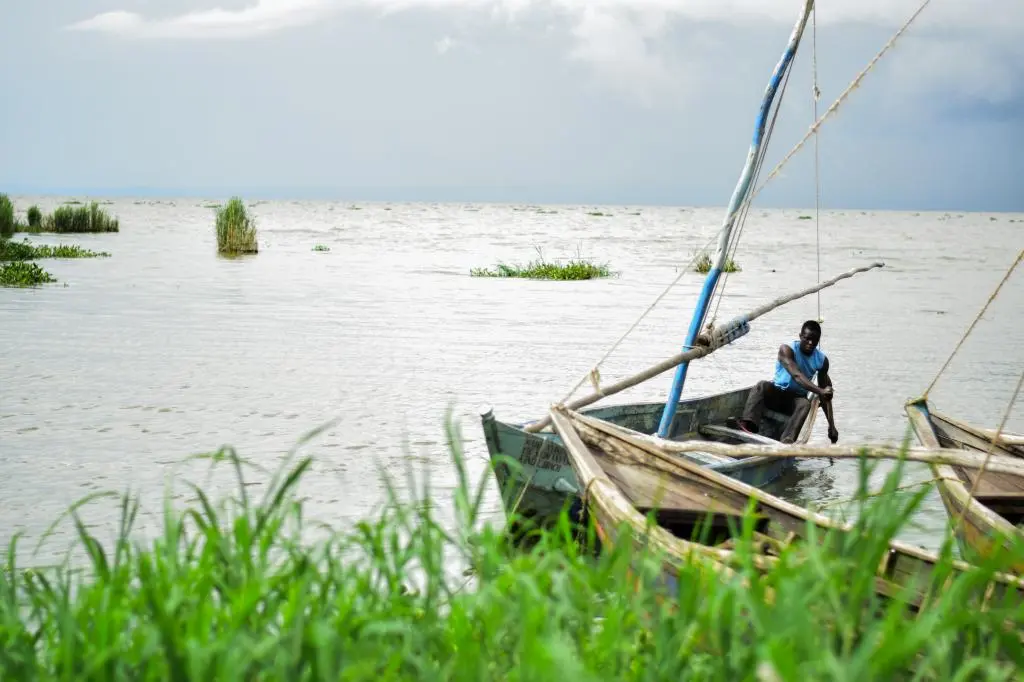Zimbabwe asked for support from the European Union, to sell 163,000 tonnes of Ivory and 67 tonnes of rhino horns in vaults, which goes for over $600 million (KSh69.6 billion).
Since the year 1989, there has been an international burn-in Ivory trade, under the Convention on International Trade in Endangered Species of Wild Fauna and Flora (CITES).
“The burden of managing a stockpile that we cannot derive economic value, or plough back into the communities and conservation of the same species is quite a great pain to us.” The director-general of Zimbabwe Parks and Wildlife Management Authority, Fulton Mangwanya, told the EU ambassadors.
“We kindly request the support of the EU for Zimbabwe to be allowed a once-off sale of our national ivory stock,” he added.
Fulton stated that if the request would be fulfilled, the funds would be used to aid local communities that live around animal conservancies.
Subscribe to our YouTube channel to catch your favorite Switch TV shows.
However, the request did don’t get support immediately since preservation of such items remains illegal, as mentioned by one of the Swiss ambassadors, Niculin Jager;
“Conservation and prevention of illegal wildlife trade is an international issue because of the involvement of criminal syndicates in illegal wildlife trade hence there is need to strengthen international cooperation,” he said.
In 2019 during a CITES meeting in Geneva, a request was made by Zimbabwe, Botswana, and Namibia, homes to the largest elephant population in the whole world, to sell ivory acquired through natural deaths, culling, and confiscations were declined.
The Convention on International Trade in Endangered Species of Wild Fauna and Flora (CITES) is an agreement between member nations or parties, to regulate the international trade of wildlife.
Currently, there are 173 parties to the Convention who have agreed to help protect more than 30,000 species of plants and animals. Parties fulfill their obligations;
- Bypassing national legislation that provides the legal framework and funding necessary to implement the convention’s recommendations.
- By ensuring the appropriate agencies are involved with data collection and law enforcement.
- By reporting annually to the CITES Secretariat on measures taken to fulfill international obligations and on the number of specimens traded.
The power of CITES rests in its ability to impose restrictive sanctions on the trade of protected species by countries who are not complying with the Convention. Essentially, these sanctions can hurt the ability of non-compliant countries to profit from the regulated wildlife market.
Because it is impossible to distinguish poached ivory and ivory purchased from legal sources, the government of Kenya had earlier decided it would no longer sell ivory confiscated from poachers. Continuing to sell this ivory would undermine the effect of the anticipated CITES ban.
The decision was announced to the world on 18 July 1989, when Kenya burned 2,000 confiscated elephant tusks—an event that an estimated 850 million people worldwide learned about from television and newspapers.
The point was simple: the African elephant was threatened with extinction because of the ivory trade and it was time to do something about it.


